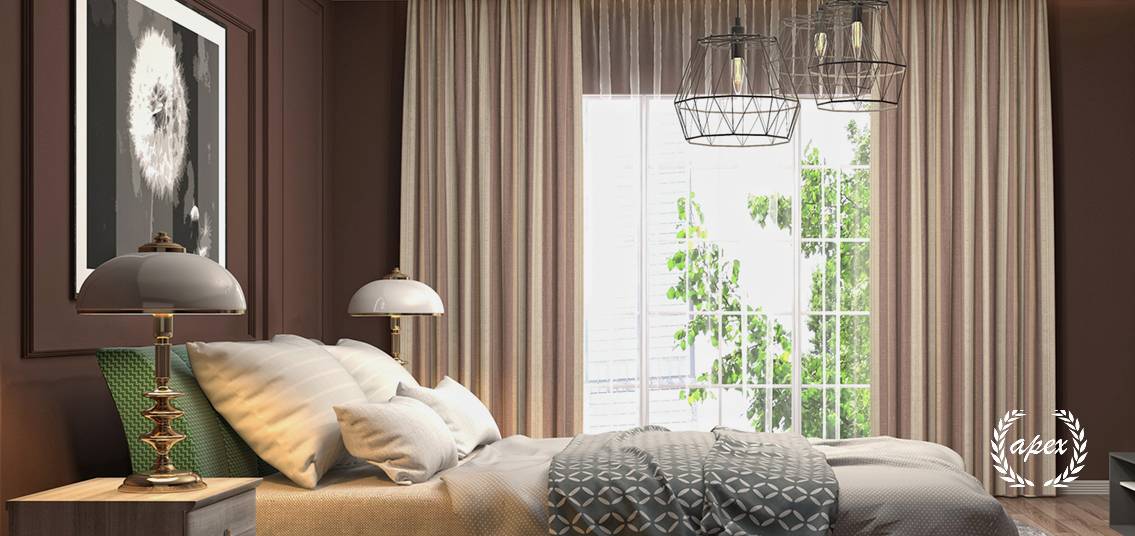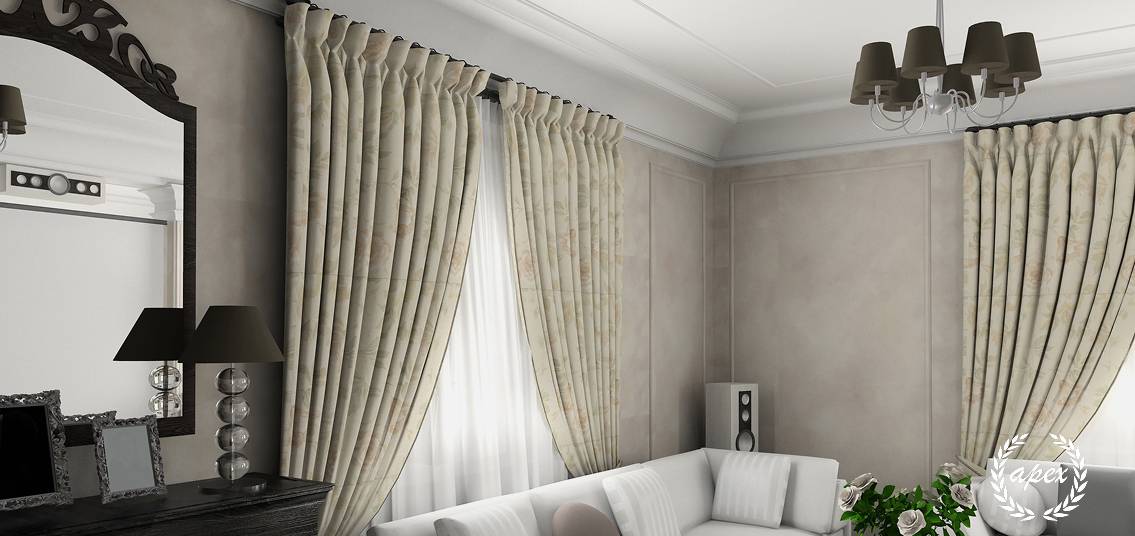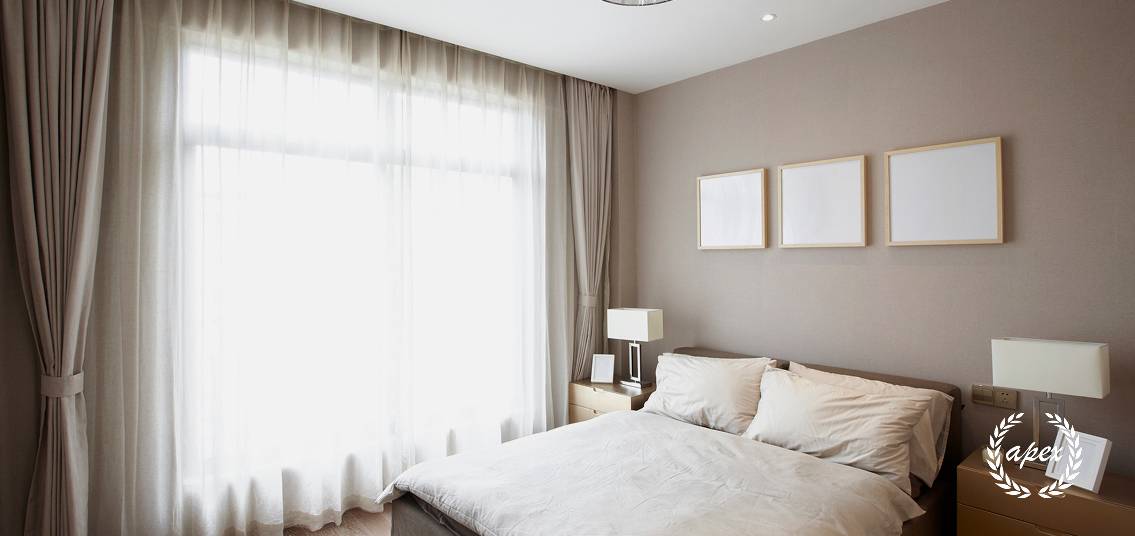
In Singapore’s humid, tropical climate, choosing the right blinds goes beyond design, it’s about balancing style, durability, and function. Homeowners often debate between timber blinds and faux wood blinds. Both provide a similar aesthetic, but their performance differs greatly depending on heat, humidity, and maintenance routines. This guide breaks down how these two types of window coverings compare in the real-world context of Singapore homes.
What’s the Difference Between Timber and Faux Wood Blinds?
What Are Timber Blinds Made Of?
Timber blinds are crafted from real hardwood such as basswood, oak, or cedar. These natural materials bring organic beauty, rich grain patterns, and a tactile warmth unmatched by synthetic alternatives. In modern homes, timber blinds are prized for their authenticity and how they complement modern home window solutions. They’re also lightweight, durable, and highly customisable in tone, texture, and finish.
What Are Faux Wood Blinds Made Of?
Faux wood blinds are constructed from PVC or composite materials designed to imitate the look of real wood. They’re moisture-resistant and more affordable, making them popular in bathrooms and kitchens. While they mimic the appearance of venetian blinds, the texture and depth of real timber are still hard to replicate.
| Feature | Timber Blinds | Faux Wood Blinds |
|---|---|---|
| Material | Real hardwood | PVC / Composite |
| Appearance | Natural, unique grain | Uniform, consistent look |
| Weight | Light to medium | Heavier |
| Humidity Resistance | Moderate (treated only) | Excellent |
| Lifespan | 8–15 years (with care) | 5–10 years |
How Do Timber and Faux Wood Blinds Perform in Singapore’s Climate?
Can Timber Blinds Handle Humidity and Heat?
Yes, but only when treated correctly. Quality timber blinds are sealed with UV-resistant lacquer and moisture-repellent coatings. When properly maintained, they resist swelling and fading. However, they should be avoided in high-humidity zones like bathrooms or kitchens.
Are Faux Wood Blinds Better for Humid Rooms?
Faux wood blinds excel in areas with consistent moisture. Made from PVC, they won’t warp or crack. However, prolonged direct sunlight can lead to slight discolouration. In terms of climate durability, faux wood is low-maintenance, while real timber needs occasional care.
Which Option Offers Better Energy Efficiency?
Do Timber Blinds Help Regulate Indoor Temperature?
Wood is a natural insulator, providing an added layer of energy efficiency. When closed, timber blinds reduce heat transfer, keeping interiors cooler. This helps lower energy bills, especially when paired with energy saving blinds or double glazing.
How Energy Efficient Are Faux Wood Blinds?
Faux wood blinds reflect sunlight effectively but don’t provide the same insulation as real wood. They work well for light control but don’t offer the same level of natural thermal protection.
Maintenance and Care Differences
How Should You Clean Timber Blinds Properly?
Timber blinds need a bit more care than synthetic ones because natural wood is sensitive to moisture and cleaning chemicals. Regular maintenance keeps them looking rich and prevents warping or cracking. Use a soft microfiber cloth or a brush attachment to remove dust weekly, paying extra attention to the slats’ edges where dirt often collects. Never use wet cloths or spray cleaners directly on the wood, excess moisture can seep into the grain and cause swelling.
For long-term upkeep, polish or condition the blinds once or twice a year using a light wood oil or conditioner. This helps preserve the finish, maintain smooth operation of the slats, and protect the timber from Singapore’s humidity.
Are Faux Wood Blinds Easier to Maintain?
Yes, faux wood blinds are more forgiving. They can be wiped down with a damp cloth and mild soap, perfect for busy homes. Their water resistance makes them ideal for families who prefer low-maintenance custom blinds.
| Maintenance Task | Timber Blinds | Faux Wood Blinds |
|---|---|---|
| Cleaning | Dry dusting | Damp cloth |
| Re-finishing | Every 2–3 years | Not needed |
| Lifespan | 8–15 years | 5–10 years |
Design and Aesthetic Considerations
Do Timber Blinds Look More Premium?
Absolutely. The texture, tone variation, and organic grain of real wood lend designer blinds an unmistakable sense of sophistication. They suit luxury interiors, bedrooms, and living rooms where aesthetics matter most.
When Should You Choose Faux Wood Blinds Instead?
Faux wood blinds are ideal for rental homes, bathrooms, or kitchens. Their uniformity provides a clean, modern look without the upkeep of natural materials.

Cost Comparison Between Timber and Faux Wood Blinds
Are Timber Blinds More Expensive?
Yes, they generally cost more upfront due to the use of real wood and detailed craftsmanship. However, their durability, timeless design, and insulation benefits make them a smart long-term investment.
How Do Faux Wood Blinds Compare in Price?
While both types of blinds can elevate your interior, the investment differs based on material quality, craftsmanship, and longevity.
| Material | Approx. Price Range (per sq ft) | Average Lifespan | Value Level | Best For |
|---|---|---|---|---|
| Timber Blinds | SGD $25 – $45 / sq ft | 10–15 years | ⭐ High | Premium homes, living rooms, and bedrooms |
| Faux Wood Blinds | SGD $15 – $30 / sq ft | 5–10 years | ⭐⭐ Medium | Bathrooms, kitchens, and rental units |
💡 Note: Prices vary depending on wood type, coating finish, and whether your blinds are custom-made. Timber blinds have a higher upfront cost but last longer and add more aesthetic value over time.
Sustainability and Environmental Impact
When it comes to sustainability, timber blinds have a clear advantage, provided the wood is responsibly sourced. They’re biodegradable, renewable, and bring a natural warmth that synthetic materials can’t match. Apex Blinds uses FSC-certified timber, ensuring that every blind is made from ethically harvested wood with minimal environmental impact.
In contrast, faux wood blinds are made from PVC or composite materials, which aren’t biodegradable. However, their durability and low-maintenance nature mean they don’t need to be replaced as often, reducing waste in the long run. For homeowners who prioritise eco-conscious choices, sustainably sourced timber blinds remain the greener and more environmentally responsible option.
Installation and Fit
Both timber blinds and faux wood blinds work best when professionally installed. Precise fitting is key to achieving smooth operation, proper alignment, and long-term durability, especially in Singapore’s humid conditions, where even minor misalignments can affect performance over time.
At Apex Blinds, every set of blinds is custom-measured and fitted to your exact window dimensions. Homeowners can choose from different slat widths, finishes, and control mechanisms to create custom blinds that blend seamlessly with their interiors while ensuring lasting function and aesthetic balance.
FAQs About Timber and Faux Wood Blinds
Which Lasts Longer – Timber Blinds Or Faux Wood Blinds?
With proper maintenance, timber blinds can last up to 15 years. Faux wood blinds generally last around 5–10 years depending on exposure to sunlight and humidity.
Are Faux Wood Blinds Really Waterproof?
Yes, they resist moisture well, making them ideal for kitchens and bathrooms. However, extreme heat or UV exposure may cause slight warping over time.
Can I Mix Timber And Faux Wood Blinds In The Same Home?
Yes. Many homeowners use timber blinds in main living areas and faux wood in wet zones, achieving a balanced, cohesive design.
Which Type Provides Better Insulation And Energy Saving?
Timber blinds are naturally insulating and perform better as energy saving blinds, helping maintain indoor comfort and reduce cooling costs.
Which Is More Eco-friendly – Timber Or Faux Wood Blinds?
Responsibly sourced timber blinds are more sustainable. Their renewable nature and long lifespan make them a greener choice overall.
Choosing the Right Blinds for Singapore Homes
Both timber and faux wood blinds have their advantages. Real timber blinds offer warmth, insulation, and authenticity, while faux wood provides practicality and resistance to humidity. The best choice depends on where you’re installing them and how much maintenance you prefer.
📍 Ready to find your ideal window solution? Contact Apex Blinds to explore our range of modern home window solutions, including custom-made timber and faux wood blinds designed specifically for Singapore’s climate.






